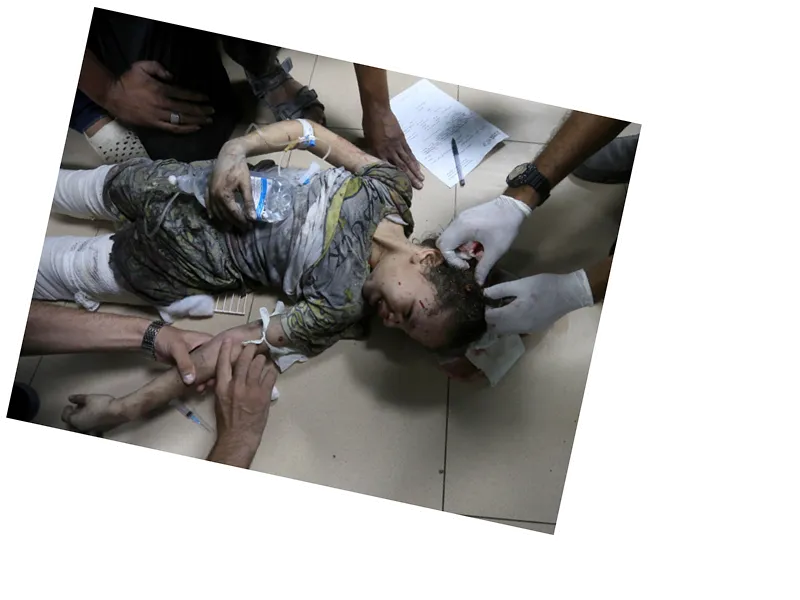The Humanitarian Crisis in Gaza
The ongoing Palestinian-Israeli conflict has left an indelible mark on the lives of those in the Gaza Strip. Abdullah, a Palestinian nurse, and Diego Guerrero, a Colombian doctor working with Doctors Without Borders (MSF), have witnessed firsthand the devastation and suffering. Abdullah, who lost everything except a pair of worn-out sneakers, symbolizes the resilience of Gazans. Guerrero, despite his extensive experience in conflict zones, found the violence and despair in Gaza unparalleled. The emergency rooms are overwhelmed with injured and dead, with most patients being children and young people. The blockade and bureaucracy have made it nearly impossible to bring in humanitarian aid, exacerbating the crisis.
The Malnutrition Epidemic
The malnutrition crisis in Gaza is reaching catastrophic levels. Dr. Saeed Salah, head of the nutrition file at the Friends of the Patient Charitable Hospital, reports that all residents of the Gaza Strip suffer from malnutrition to varying degrees. The situation is particularly dire in the north, where 700,000 Palestinians are living in what he describes as 'political famine.' The hospital receives up to 150 children daily suffering from malnutrition. The lack of basic foodstuffs has led to severe weight loss among the population. Thousands are asking for help, but the scarcity of basic materials like flour and salt makes it difficult to provide adequate care.
The Urgent Need for a Ceasefire
The health crisis extends beyond the immediate impacts of violence. The absence of basic services such as drinking water and electricity has led to other health issues, including diarrhea and pneumonia. Guerrero emphasizes the need for a humanitarian truce to allow the free entry and mobility of humanitarian workers. The ongoing conflict has created a generation of amputee children and a population living in constant fear and uncertainty. The international community must demand a ceasefire to prevent further loss of life and alleviate the suffering of Gazans.






